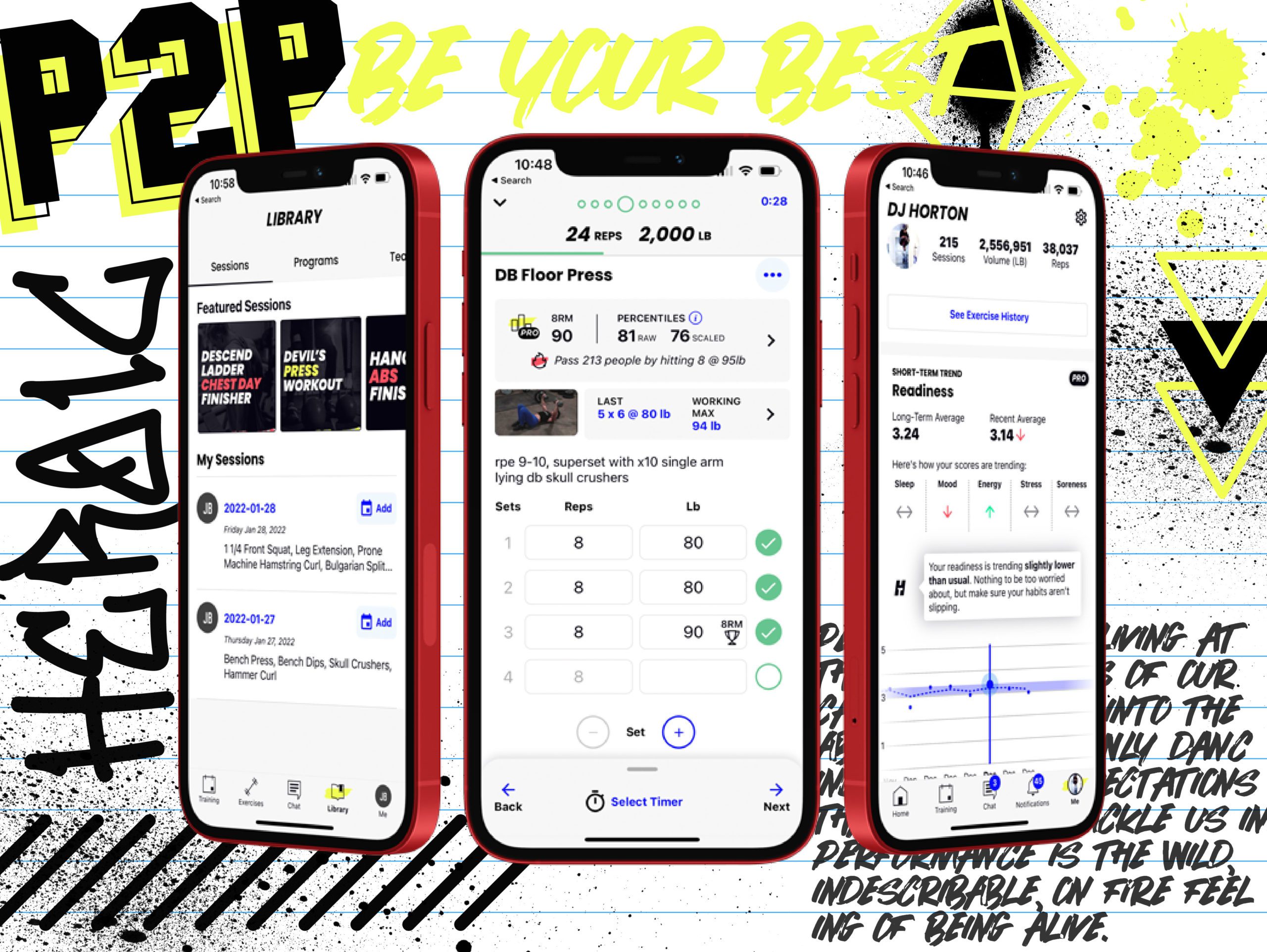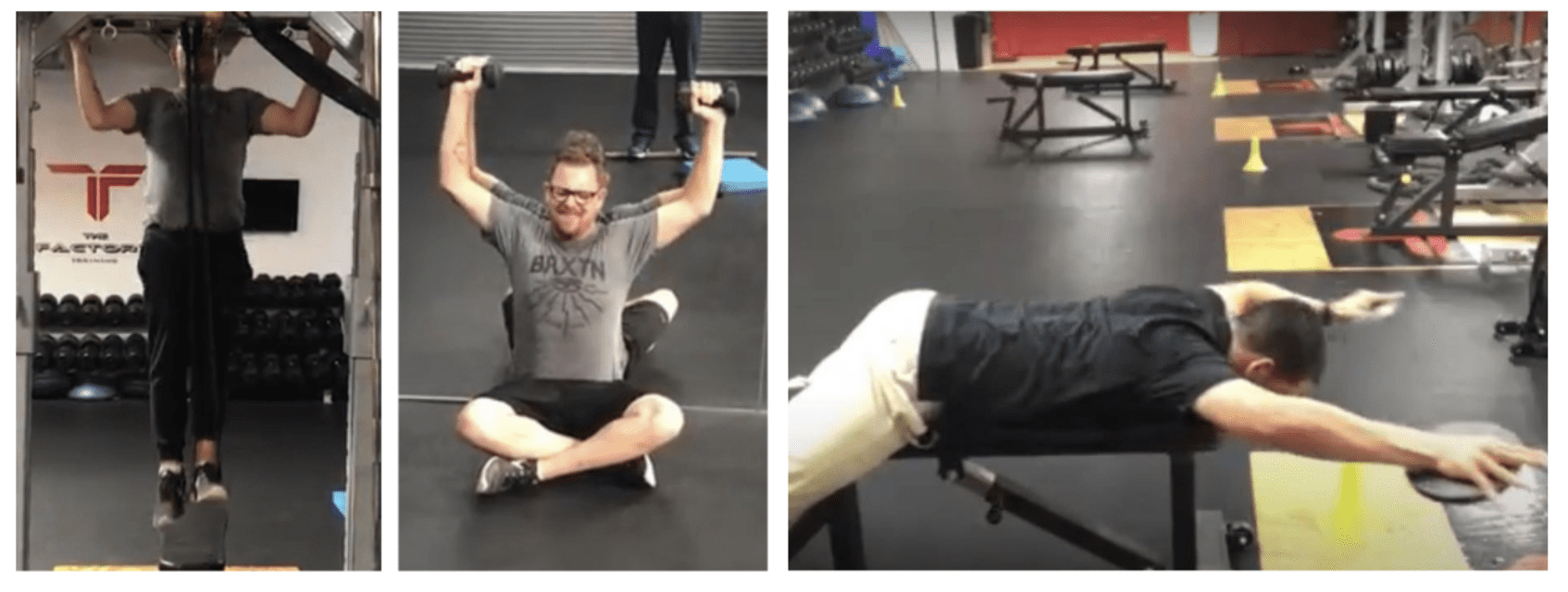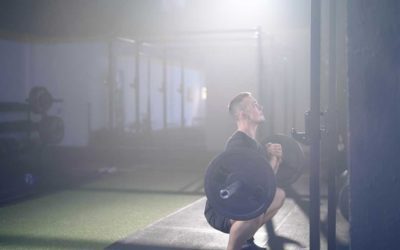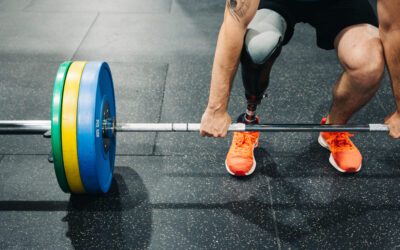The Best Exercises to Improve Your Sprinting Speed


Add These Into Your Programming to Start Sprinting Like a Pro
I have some bad news. There is no one single exercise that I consider the “make it or break it” move to improve your overall speed performance.
The good news is that certain training methods and a mix of exercises can absolutely set you up to improve your sprinting speed and prevent injuries.
In this blog, I’ll cover five methods you can easily integrate into your training to improve your top speed.
- Use a staggered stance.
- Work your hamstrings.
- Add in plyometrics (jumping and landing exercises).
- Focus on foot and calf exercises.
- Strengthen and improve your posture. (This one’s important!)
Coach’s Tip: When training to improve speed, it’s all about technique. Always focus on your technique if you want optimal results.
1. Use a Staggered Stance
Instead of a square or neutral stance, use a staggered stance in your exercises. Unilateral movements like lunges, rear foot elevated split squats, and single leg RDL’s are more effective than regular squats and deadlifts when it comes to developing your sprinting speed.
This isn’t to say that you can’t improve from doing a traditional squat or deadlift, but you’ll see the most improvement from performing exercises in a staggered stance position.
The reason this is effective is because your spine often ends up in a flexed position when doing squats and deadlifts in a neutral or square stance (especially when lifting heavy weight). Due to the range of spinal extension required when sprinting, neutral stance movements don’t benefit your top sprinting speed. Staggered stance exercises allow you to target extension in your lower back, hip, and knee simultaneously.

You Work too Hard to Not See Progress
Find Your Perfect Training Plan
Options for Every Goal
Training plans from real coaches covering any goal, fitness level, and number of sessions per week.
The Best Coaches
Get coached by the best. Olympians, ex-NFL stars, Titan Games Winners, Sport Scientists and more.
Starting at $1/ day
With many options including a free 7 day trial, you can try out programming before you commit.
2. Work Your Hamstrings
I typically prefer single leg exercises while training, but the hamstrings are an exception. My favorite hamstring exercise to improve speed is the Nordic hamstring curl. This exercise requires both eccentric and concentric strength, which challenges your hamstrings in their full range of motion.
Along with hamstring curls, you can use the following exercises in your program:
- Traditional single leg curls (standing or lying)
- Single-leg hip thrusts
- Deadlifts
- Squats
3. Add in Plyometrics
Building power throughout your body means focusing on jumping and landing exercises, also known as plyometrics. The ability to perform both broad jumps and vertical jumps is the best predictor of top speed.
Most athletes who jump well can also run fast.
You could argue that genetics play a large role in a person’s ability to sprint fast, but I disagree. Sprinting is developed in people who consistently participate in a lot of running and jumping, especially while growing up. Now, do certain people have genetic advantages? Of course. But everyone can improve sprinting speed by strengthening the right muscles and joints.
Here are some examples of how you can incorporate plyometrics in your training:
- Single-leg and two-leg broad jumps
- Depth jumps on one or both legs
- Box jumps on one or both legs
- Jumping uphill and downhill
- Jumping with resistance
I recommend including at least two plyometric workouts per week in your training for the best results.

Level Up Your Training
With TrainHeroic’s immersive training app
TrainHeroic does everything you wish your old gym notebook could do.
Take the guesswork out of training with built-in exercise instruction and basic training programs. Compete against yourself and others. Track your performance and readiness. Smash your goals.

4. Focus on Foot and Calf Exercises
Both stability and range of motion are critical when running at top speed. Your foot creates hundreds of pounds of force when it hits the ground mid-sprint. In order to sustain this, you need strong mobility and stability. This is where maintaining range of motion is critical for dorsiflexion (raising the foot upwards towards the shin), plantarflexion (pointing foot down and away from your shin), inversion (tilting the sole of the foot inward) and eversion (lifting pinky toe and tilting foot outward).
Mobility and stability are all about motor control and tissue function. Ideally, your foot can hold position when your body’s force strikes into the ground. If you need help getting there, I suggest single-leg calf raises and/or foot raises. Make sure to focus on the range of motion throughout the foot and ankle.
Working the muscles in your feet is not overly complicated, but consistently adding these simple exercises into your training can dramatically improve your sprinting speed and aid in preventing injury.

2. Fix Your Posture!
It’s obviously important to develop strong legs and the lower body of a badass runner when working to improve your top speed. But your upper body strength and range of motion are equally important.
Without the ability to pull from your lats or generate upward momentum with your pecs, your legs have to work even harder, which can cause timing issues. The exercises mentioned below will help build upper body strength to support critical postural development.
There are multiple exercises you can use to strengthen your posture, but I’ll cover those that are best for improving top speed.
Exercises to improve extension in your core:
- Weighted planks
- Pull ups or lat pull-downs
- Lying overhead press
- Lying supermans
- Good mornings

Don’t forget to include sprint-specific drills and sprint workouts to improve your technique and start time.
Want Training Tips, Exercise Guides & Knowledge Bombs Sent to Your Inbox?
Sign up for the FitNerd newsletter from TrainHeroic
Related articles
How To Zercher Squat: One Exercise To Rule Them All
I have a secret weapon exercise that will get us really close; it has a lot of bang for its buck. It builds massive quads, big glutes, a wide back, and some awesome biceps. Exactly what every athlete needs.
What Does Paralympic Strength Training Look Like?
Paralympians undergo rigorous training when preparing for the Paralympic Games. While the Paralympics only last about two weeks, getting ready takes place all year, as these athletes are among the most dedicated in the world. Here’s how people with disabilities...
Your Guide to Passive Recovery Strategies
What is Passive Recovery? I don’t think that there exists a complete guide for athletes that tackles the underrated topic of “Recovery-Regeneration” strategies. I plan to disclose a majority of the scientific and practical information that I know of on this topic and...

Join the community
Sign up for the latest training news and updates from TrainHeroic

About TrainHeroic
Support
Made with love, sweat, protein isolate and hard work in Denver, CO
© 2021 TrainHeroic, Inc. All rights reserved.







